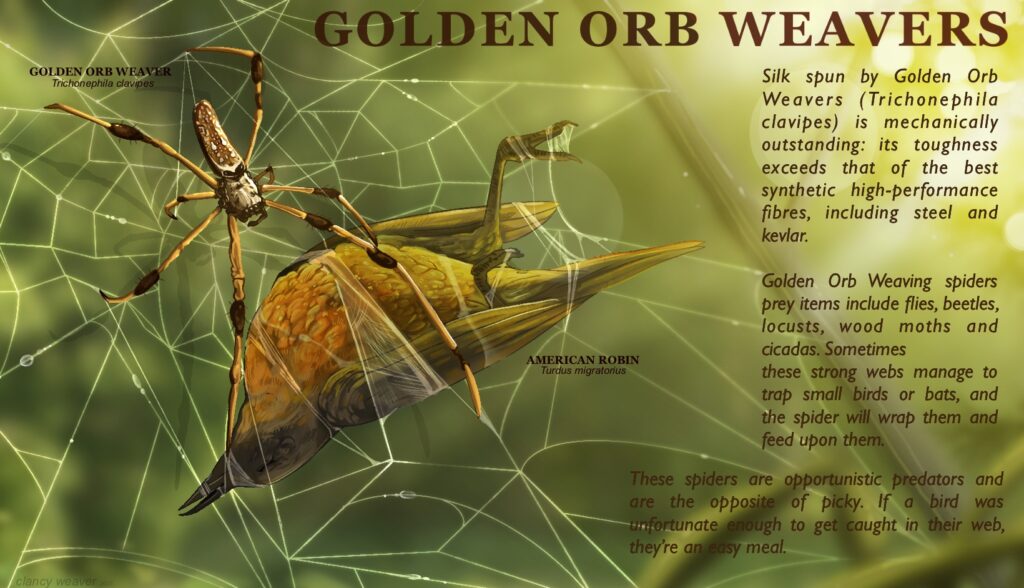Scientific Illustration Portfolios
Observational Work & Scientific Work
Work in this portfolio is paired with extensive research, thumbnailing, proposal forms, color and value studies, and more. These works are thorough and as accurate as possible, there is nothing speculative about this work (unless otherwise specified). The purpose of the illustrations found here is to educate and improve the literacy of the subject and promote the conservation of the subjects (especially the fauna.)
Digital Illustrations



This is a Roseate Spoonbill (Platalea ajaja), native to coastal Georgia, Florida, and surrounding states.Their striking pink feathers come from their diet. Crustaceans and other aquatic invertebrates that contain pigments called carotenoids that turn their colors pink, just like flamingos!!




A piece exploring the anatomy and sexual dimorphism in Horseshoe Crabs, limulus polyphemus, following a behind-the-scenes visit at the Skidaway Institute of Oceanography and the University of Georgia’s Coastal Grant and Aquarium. I was able to closely study the fish that occupy the nearby reefs and learn how to identify them through their unique physiology. On April 29th, 2023 I was honored to be apart of their Georgia Coastal Flora and Fauna juried exhibition

Notes are taken from the Skidaway Insitute of Oceanography. Traditional, done in a personal sketchbook and scanned.

This digital piece highlights the difference between horns and antlers, using the Alpine Ibex, capra ibex, and a White-Tailed Deer, odocoileus virginianus (order right to left).

This piece is a call-back to one of my favorite childhood spiders. There was always one of these at my bus stop growing up, and I remember their webs being so strong I wanted to explore it more as an adult. Through my research I found spider silk is the toughest fibre found in nature. When stretched or pulled, it can absorb more energy than steel or nylon without rupturing, and can be used to make bulletproof vests (isn’t that cool?). It is also biocompatible and can be used in the production of surgical thread and artificial ligaments.
This piece was one of ten (out of 60 submissions) to be selected for a juried exhibition at the Skidaway Institute of Oceanography and the UGA Aquarium beginning April 29th, 2023.
Traditional Illustrations

This was originally an illustration about the Gouldian Finch, tying this piece in with my sustained investigation on birds with colorful plumage.
.



This piece was done with ink and quill. Placed with more than 9,300 dots over a period of nine hours. This piece is an exploration of the Rufous-headed Hornbill ,aceros waldeni, exploring their casque and large beak using a cross-section of their beak.

Dry traditional media, colored pencil over a watercolor underpainting. Two independent illustrations of a Knobbed Hornbill, aceros cassidix, exploring their colorful plumage and magnificent beak.

Paleo Art
Paleological in itself is a very speculative art. We take and draw animals from a time we as a species didn’t exist, therefore we can never truly know how these animals looked, so this art form can be untruthful or stretched, as in we can take our own creative liberties. For example, we can add feathers, colors, etc.
These pieces are mostly guesswork however are based on very real animals.

Speculative illustration of a dromaeosaurid with the feather colors of a modern-day Scarlet Macaw, ara macao.

Speculative illustration of a mated pair of mosasaurus hoffmannii.

Speculative illustration exploring the head crest and coloring of a Dilophosaurus wetherilli in the marshlands of primitive Arizona.


Two explorations of Lambeosaurus, lambei, and Giganotosaurus, carolinii, in speculative size reference to an adult female.
